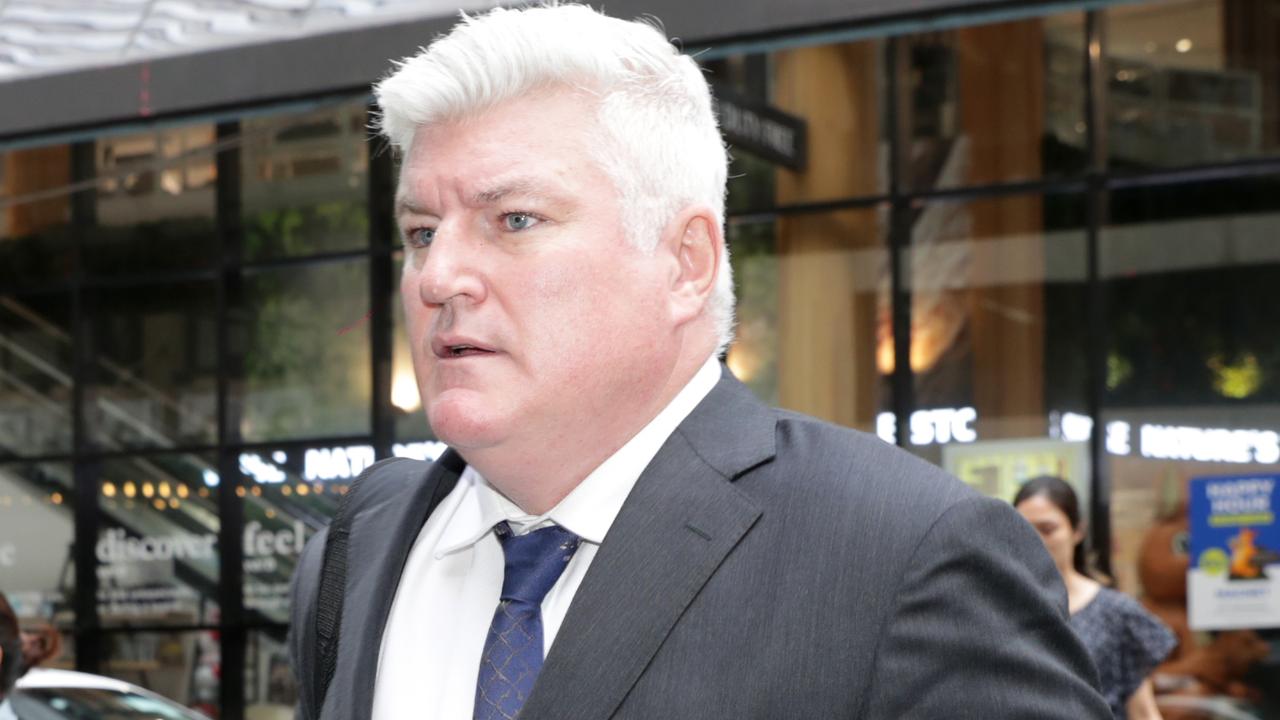Pat Rafter's shocking six-word statement about Indigenous Aussies should make us furious on Australia Day, writes SHAYNE BUGDEN

There was a lot to agree with in Pat Rafter's take on what makes our country great when he gave his thoughts on why he's proud to be Australian in the lead-up to January 26.The tennis legend said 'humility is a big part of who we are' as he railed against Aussies who develop 'a big head' and 'get an ego' while thinking they're 'better than everyone else' in a piece written for News Corp on January 24.But then Rafter illustrated his point about changes in the national character by talking about his experiences with Indigenous Australians, and I couldn't believe what I was reading.'I grew up in a pretty bloody Australian town - Mt Isa - in a large loving family, with white and Aboriginal mates who I played tennis with and hung out with. It wasn't about white or black; we were just mates,' he wrote, referring to his childhood in outback Queensland.So far, so good. But then he goes on: 'As a kid, you don't really know much about Aboriginal history, but when you get a bit older you find out more about what Australia is, and what it was.'That transition has been a little bit rocky at times, but I believe it's a lot better now.'Pat Rafter (pictured playing in Brisbane last month) went far beyond wearing rose-coloured glasses when he gave his thoughts on Australia's relationship with its Indigenous peopleThe two-time grand slam winner harked back to an Australia where 'we treated everyone the same' - and in doing so, glossed over the most shameful facets of the country's historyJust think about those six words for a minute: 'a little bit rocky at times'.I'm not accusing Pat of being ignorant or disingenuous in any way, shape or form, but that is an absurd and bewildering way to describe what is rightly regarded as the most shameful part of our nation's history.The term 'glossing over' doesn't even begin to scratch the surface here.I won't go into trying to illustrate the indescribable horrors First Australians have had visited on them since white settlement - or invasion, as the European colonisation of the country is often termed now.My colleague Candace Sutton did a far better job of that than I ever could in a piece Daily Mail Australia published just after Australia Day dawned this year.In it she begins by writing about Lawn Hill station in Queensland's far north-west, not too far from Rafter's childhood home, where 40 pairs of human ears were found nailed to the walls. Those ears did not belong to white people.The owner of the house, Frank Hann, was known for collecting the heads of Indigenous Aussies. He and his station manager, Jack Watson, cut them off as souvenirs or a form of bounty, according to newspaper reports in the late 1800s.The story is illustrated with photos of large groups of Aboriginal prisoners standing tied to each other by chains locked around their necks.Read on and you'll be confronted with sickening details about children being beheaded in the Myall Creek Massacre, which took at least 28 lives.According to the tennis legend, images like this photo of Indigenous men chained together by the neck in Wyndham, Western Australia, represent a relationship to the nation that has been 'a little bit rocky at times'Rafter said he believes life for Indigenous Aussies is 'a lot better now' - which is true, but not true to the extent that First Nations people have nothing to protest on January 26 (pictured)Keep going and you'll get to two instances of colonists donating bags of flour to Indigenous Australians after lacing them with the poison strychnine. Each of these inhuman acts took approximately 70 lives.These aren't cherry-picked, isolated, out-of-character incidents. Any no-holds-barred take on our history will be littered with horrors like them.When Rafter says he believes Australia's relationship with its first people is 'a lot better now', you can't argue with that - not so much because of the progress that has undoubtedly been made, but because when you're working off such a horrifically low bar, any instance of treating Aboriginal people with the most basic levels of respect as human beings would represent immense improvement.The two-time grand slam winner also says he was proud of the way Aussies were well-loved overseas in the 1990s because we 'knew how to have a good time, but we also treated everyone the same'.Well, that's the ideal we like to believe in. But it wasn't the reality back then and it's not the reality now.Just six months ago, the federal government's Closing the Gap report highlighted disturbing facts about how Indigenous Australians trail far behind the rest of the country when it comes to life expectancy, health, education, housing, suicide statistics and incarceration rates.A little bit rocky, Pat?For many Aussies, Rafter (pictured on his way to winning the 1997 US Open) was a walking, talking example of the best parts of our national characterTakes like his, which flippantly disregard the stains on our history, stand opposed to the honest and painful conversations we need to keep having to live up to Rafter's description of Australia as a place where everyone is treated equally.Again, I'm at pains to point out that I don't believe Rafter made his statement with any malice whatsoever.Millions of Aussies loved watching him play not just because he was great at tennis, but because he embodied many of the ideals he talks about in his article.He was a lovable larrikin, a great bloke to be around, self-deprecating despite his immense talent and fame, the sort of fella who passes one of the greatest tests of character in Australian life: you'd love to have a beer with him.Pat also appeared to live up to that other characteristic Aussies value so highly in themselves: being straight shooters, people who are unafraid to call it as they see it.But in this case, his vision has failed him badly.The facts he skips over with those six words aren't hidden anymore. They are, finally, hard to remain blind to in Australian life, as they should be.



.jpg)








